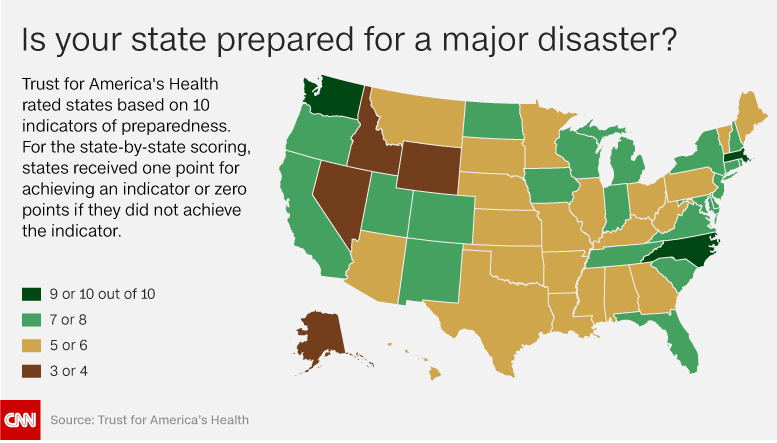The Johns Hopkins Hospital in Baltimore has recently opened a new 16,000 square-foot $24 million facility, exclusively for the treatment of patients with chronic infectious diseases.
 Named for the former director of the Hopkins’ division of infectious diseases, the John G. Bartlett Specialty Practice is expected to see approximately 170 patients each day. David Thomas, MD, director of the infectious diseases division at Johns Hopkins, explains that the geographic region of East Baltimore “has a greater burden of infectious diseases than most other regions of the country.”
Named for the former director of the Hopkins’ division of infectious diseases, the John G. Bartlett Specialty Practice is expected to see approximately 170 patients each day. David Thomas, MD, director of the infectious diseases division at Johns Hopkins, explains that the geographic region of East Baltimore “has a greater burden of infectious diseases than most other regions of the country.”
The timing is particularly significant this month, as May represents Lyme Disease Awareness Month. Researchers and scientists across the country have consistently warned that the numbers of those afflicted with Lyme are expected to rise, calling the disease “a major U.S. public health problem.”
The Centers for Disease Control and Prevention are seeking to combat the rising epidemic, collaborating with local lawmakers and public health officials to raise awareness about Lyme and other tick-borne illnesses. Lawmakers in New York have recently spoken out in order to educate the public and medical community, in addition to fundraising money for further research.
There are approximately 329,000 new cases of Lyme disease each year, and the number of those infected is expected to increase. According to Rick Ostfeld, a disease ecologist at the Cary Institute of Ecosystem Studies, the illness is on track to produce its worst numbers in 2017. Moreover, many experts believe the true number of Lyme cases is higher than reported, as the Centers for Disease Control and Prevention require ‘objective measures’ like positive blood tests or rashes; therefore, estimates indicate that CDC surveillance only captures approximately 10% of reportable Lyme cases. There is currently no vaccine for Lyme disease, and many physicians have noted that the FDA-approved blood tests are often inaccurate.
In order to learn more about the complex, multi-faceted nature of chronic infectious diseases, sign up for our upcoming Chronic Infections, Inflammation, and Biotoxins Symposium in Las Vegas, on August 12th. Experts will review the epidemiology of chronic infections from a global public health perspective, while discussing the application of advanced diagnostic techniques, including nanotechnology and genomic sequencing.

